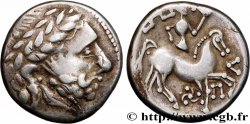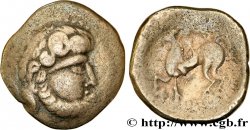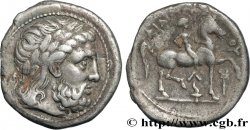bga_916679 - DANUBIAN CELTS - IMITATIONS OF THE TETRADRACHMS OF PHILIP II AND HIS SUCCESSORS Tétradrachme “au rameau”
Not available.
Item sold on our e-shop (2024)
Price : 850.00 €
Item sold on our e-shop (2024)
Price : 850.00 €
Type : Tétradrachme “au rameau”
Date: (IIe-Ier siècles avant J.-C.)
Metal : silver
Diameter : 23,5 mm
Orientation dies : 3 h.
Weight : 14,19 g.
Rarity : R2
Coments on the condition:
Belle monnaie sur un flan épais et centré. Très beau portrait de Zeus au droit, finement détaillé. Revers tréflé. Patine grise
Catalogue references :
Predigree :
Cet exemplaire provient de la collection Norbert Michaud, fameux collectionneur d’art japonais
Obverse
Obverse legend : ANÉPIGRAPHE.
Obverse description : Tête laurée de Zeus à gauche, grènetis.
Reverse
Reverse description : Cavalier au pas à gauche, tenant une palme de la main droite ; le cheval lève l'antérieur à droite ; légende dégénérée autour du cheval.
Reverse legend : FILIP - POU.
Commentary
Cet exemplaire est celui de MONNAIES 28, n° 688. Ce tétradrachme semble être des mêmes coins que le n° 688 de MONNAIES 28 et du n° 3 de la vente LANZ 154. Mis à part ces exemplaires, ce type précis semble manquer à tous les ouvrages et catalogues de musées consultés.
Si le statère d’or de Philippe II de Macédoine a servi de prototype à de nombreuses imitations gauloises, le tétradrachme n’a pas été imité en Gaule, mais reste principal sujet d’inspiration des monnaies pour les Celtes du Danube (LT. 9697-9767, 9768-9832, 9618-9630, 9870-9886). Les premières imitations furent frappées dans le premier quart du IIIe siècle avant J.-C. La fabrication des copies serviles, puis des imitations, enfin des frappes celtiques continuèrent pendant plus de deux siècles.
Si le statère d’or de Philippe II de Macédoine a servi de prototype à de nombreuses imitations gauloises, le tétradrachme n’a pas été imité en Gaule, mais reste principal sujet d’inspiration des monnaies pour les Celtes du Danube (LT. 9697-9767, 9768-9832, 9618-9630, 9870-9886). Les premières imitations furent frappées dans le premier quart du IIIe siècle avant J.-C. La fabrication des copies serviles, puis des imitations, enfin des frappes celtiques continuèrent pendant plus de deux siècles.







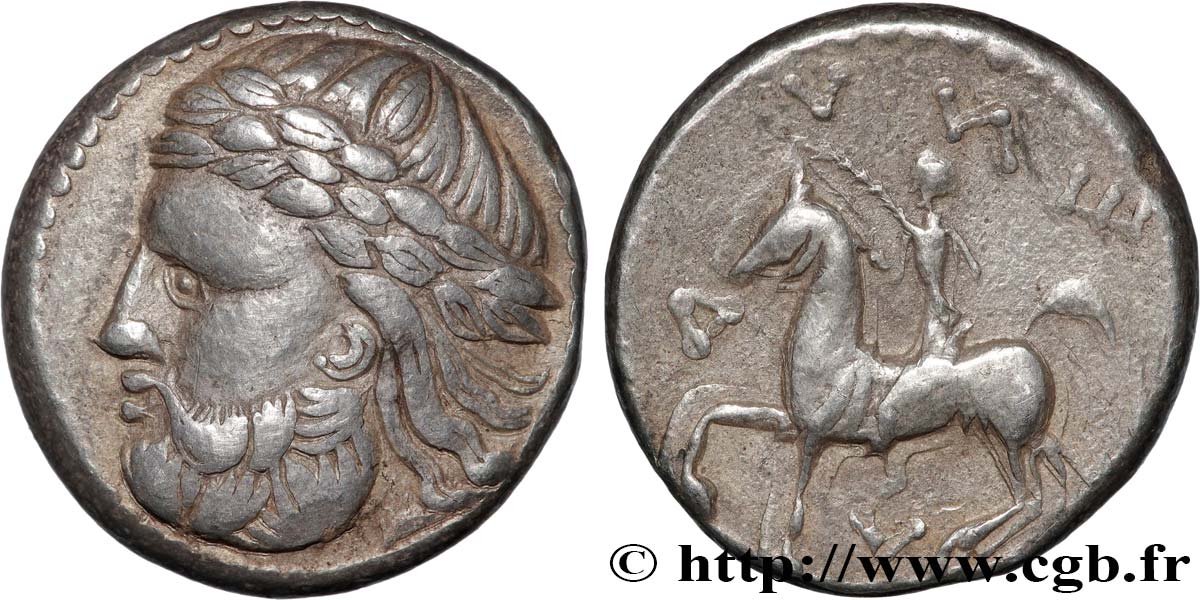
 Report a mistake
Report a mistake Print the page
Print the page Share my selection
Share my selection Ask a question
Ask a question Consign / sell
Consign / sell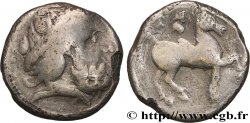
 Full data
Full data